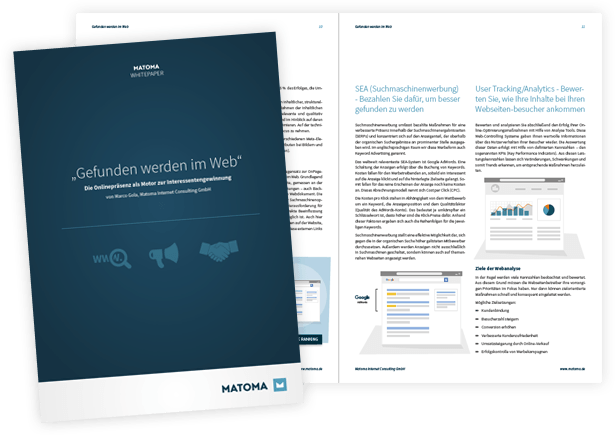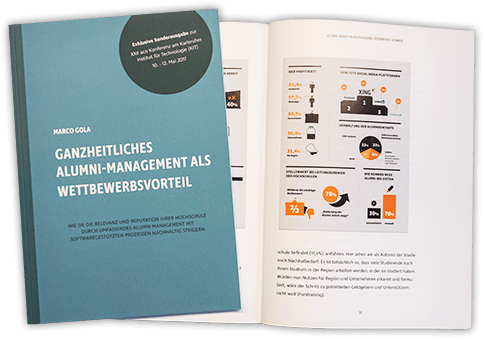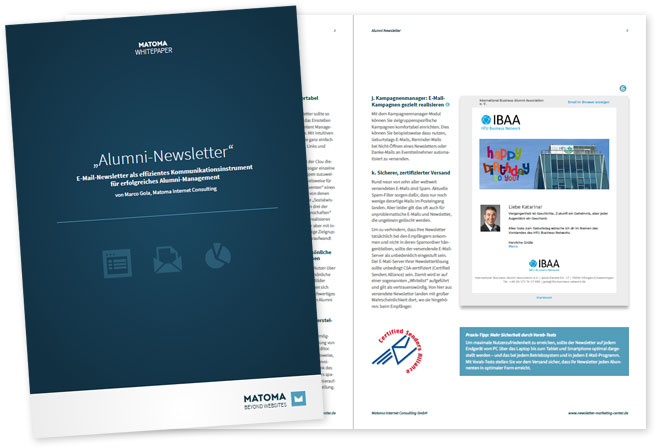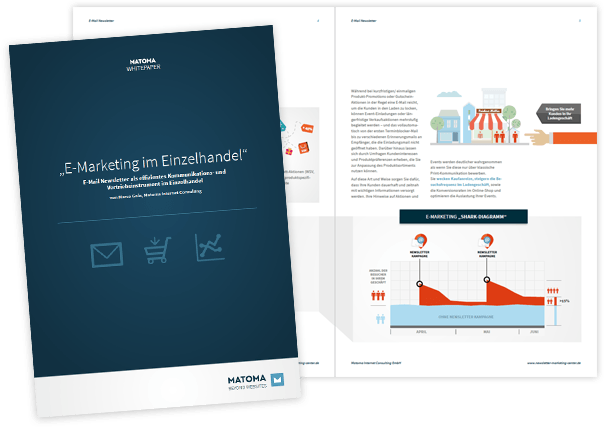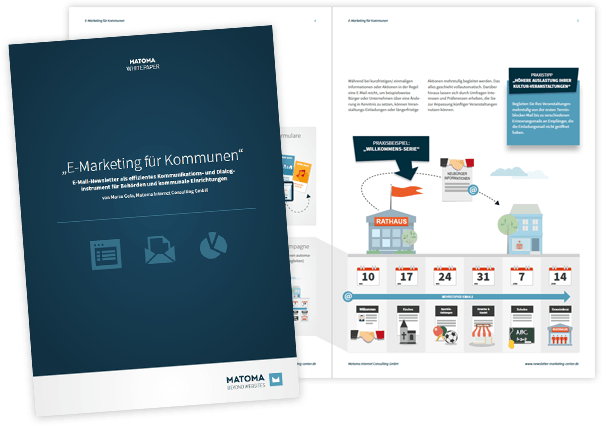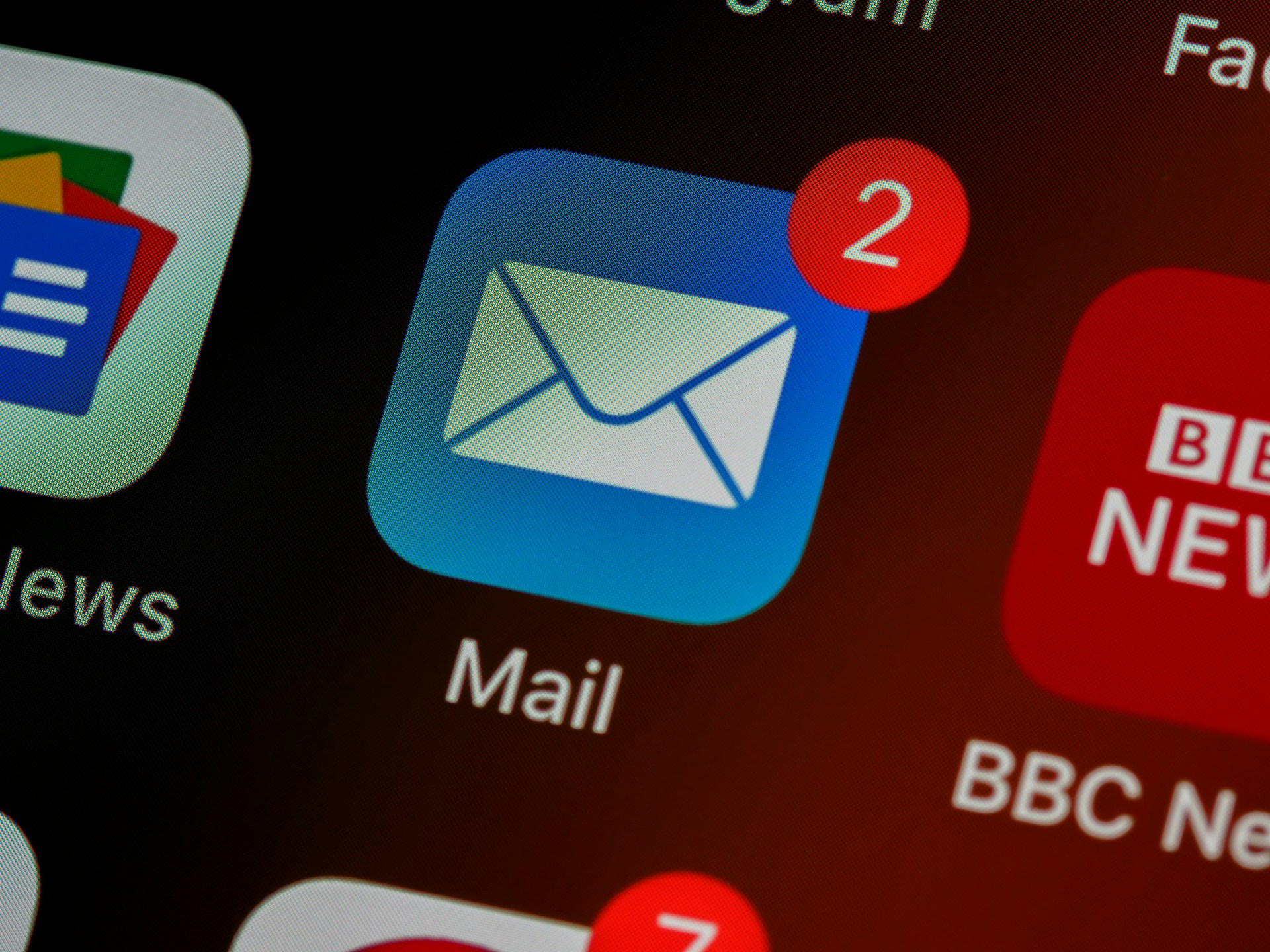
Email marketing is not only an art, but also a science. It’s not just about creative content, but also about mastering the intricacies of optimization. A crucial tool for realizing the full potential of your mailings is A/B testing. Let’s take a closer look at why A/B testing is essential in email marketing and how it can take your campaigns to the next level.
The principle of the A/B test
The A/B test works in the simplest way:
We send different variants of a mailing to randomly selected test groups and observe exactly how the recipients react. The more successful variant is then automatically sent to the majority of recipients. This method allows us to better understand your target group and continuously train your intuition as marketing experts.
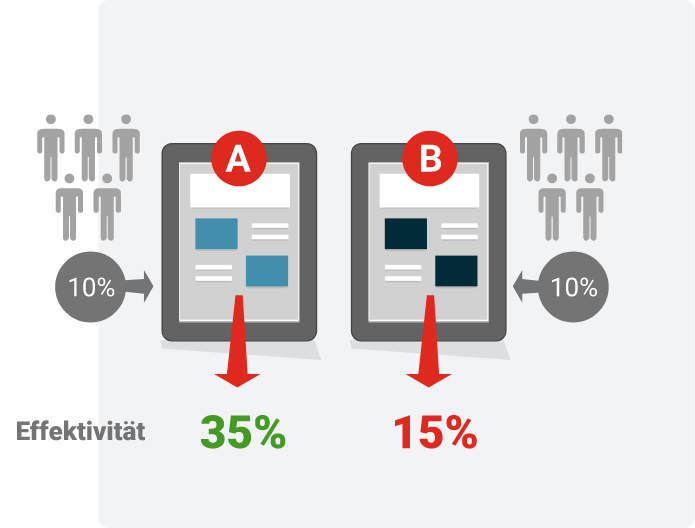
A/B groups and test criterion: fine-tuning for precise results
Carefully examine the statistics of your email campaign to define the behavior of your users and identify potential problem areas in the conversion funnel. Now develop a hypothesis based on your analysis. Think about what results you expect from certain changes.
Then implement the email test based on your hypothesis. Create a variant and carry out comparative tests with the current email template. Analyze the results to determine if the changes you made have the intended impact on conversion rates.
With the A/B test, you can compare different subject lines, sender names and sender addresses, but also test the effect of different content, such as text or image variants. Setting the test groups gives you precise control over the percentage of subscribers who take part in the A/B test.
Shipping: focus on timing, profit criterion and test duration
The A/B test mailing can be sent either immediately or at a later date. The winning criterion, be it the open rate, click rate or effective click rate, is also determined by you. The test duration influences the amount of data collected on the behavior of the test groups.
Evaluation: The key to optimization
After the start of the A/B test, the evaluation provides a detailed insight into the progress of openings and clicks. Depending on your settings, the winning mailing is sent either manually, automatically or time-controlled. The evaluation not only provides the winner, but also comprehensive statistics for in-depth analysis.
Why is A/B testing so important?
- Maximum effectiveness through fine-tuning: A/B testing makes it possible to optimize subtleties that make all the difference. From subject lines to delivery times – nothing is left to chance.
- Understanding customer behavior: The A/B test provides insights into the behavior of your target group. What encourages opening? When do people click the most? These insights are worth their weight in gold.
- Continuous improvement: By regularly using A/B tests, you not only train your intuition, but also ensure that your campaigns are constantly optimized.
Practical guide for successful A/B tests using the example of the Newsletter-Marketing-Center by Matoma
- Step 1: Basic settings
To create a new A/B test, click on ‘New A/B test’. Select the subscriber lists and optionally a target group. Make sure that all the necessary settings in the selected mailing are complete. - Step 2: A/B groups
Use the slider to set the size of the test groups. Several test groups can be added as required. Remember that the test groups should be representative of your target group. - Step 3: Test criterion
Select the test criterion in which the test groups should compete against each other. Whether subject lines, sender names, sender addresses or dispatch times – the choice is yours. - Step 4: Shipping
Define the shipping settings. Select the sending time, the winning criterion and the test duration. You can choose between manual, automatic or time-controlled sending of the winning mailing. - Step 5: Evaluation
After starting the A/B test, you will find the history of openings and clicks in the evaluation. Here you can also select the winning mailing and send it manually or release it automatically.
Practical tips for overcoming challenges and optimizing your email marketing strategy
- Careful sample selection: Make sure that the test groups are representative and have comparable characteristics. Use sufficiently large samples for reliable results.
- Control of confounding factors: Identify external influences and try to minimize them. Test in stable periods to reduce undesirable influences.
- Clear objectives for test elements: Define clear objectives and, based on these, which elements you want to test. Focus on relevant aspects for your campaign goals.
- Regular performance of tests: Use A/B tests regularly to gain consistent insights. Analyze long-term trends and continuously adapt your strategy.
- Reliable evaluation methods: Use reliable analysis methods and consult experts to ensure that the results are interpreted correctly.
- Integration of qualitative data: Consider not only quantitative data, but also integrate qualitative information and customer feedback into your analysis.
- Selection of appropriate test periods: Choose test periods that take seasonal fluctuations into account and analyze long-term trends to obtain reliable results.
- Focus on a few changes: Limit yourself to one or two elements in each test in order to draw clear and meaningful conclusions.
By considering these tips, you can improve the quality and reliability of your A/B tests to make informed decisions for your email marketing strategy.
Conclusion: A/B testing as your strategic instrument
A/B testing in email marketing is much more than just an experiment. It is your strategic tool that allows you to continuously optimize your campaigns and tailor them to the needs of your target group. Through precise tests and evaluations, you can ensure that your emails are not only opened, but also perceived effectively. Use A/B testing to take your marketing strategy to the next level and ensure sustainable success. Your emails deserve the best performance – you can achieve it with A/B testing.
FAQs
How do I set up A/B test groups?
You can set the size of the test groups using the slider. It is important that the test groups are representative of your target group in order to obtain meaningful results.
How often should I carry out A/B tests?
Ideally, A/B tests should be carried out regularly in order to continuously gain insights and constantly optimize marketing campaigns. The use of A/B tests becomes a strategic tool for sustainable success.
How is an A/B test evaluated?
After the start of the A/B test, the evaluation provides a detailed insight into the progress of openings and clicks. The more successful variant is sent automatically or manually to the main target group.




